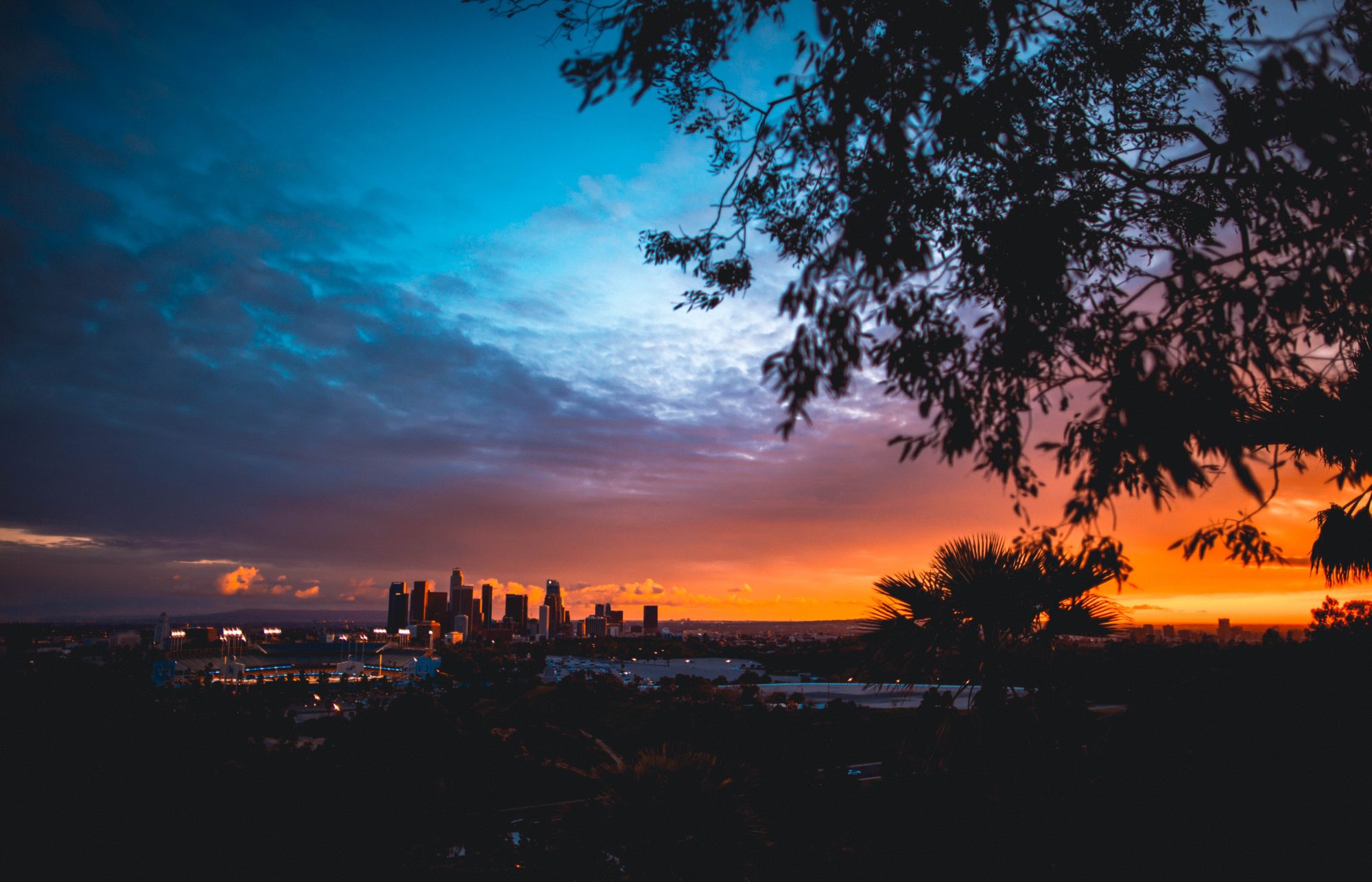As an architecture enthusiast, I’ve long been captivated by the eclectic tapestry of buildings that make up Los Angeles. The city’s architectural landscape is like an open-air museum, weaving stories of different epochs, cultures, and philosophies. From Spanish Revival homes to modernist marvels, every corner of L.A. holds a captivating tale told through brick, mortar, glass, and steel. I want to take you on a journey through time and style, exploring the architecture that makes Los Angeles more than just the City of Angels-it’s a city of architectural wonders.
The Spanish Influence: Mission Revival and Spanish Colonial Revival
Let’s begin with the architecture that mirrors Los Angeles’ Spanish roots. The Mission Revival and Spanish Colonial Revival styles are two of the earliest influences in L.A.’s architecture, dating back to the late 19th and early 20th centuries. One of the most iconic examples of Mission Revival is the Union Station. Walking into the station’s main hall, I always feel transported back in time, as I admire its high arched ceilings and intricate tilework that pay homage to California’s early missions.
Hollywood’s Golden Era: Art Deco and Streamline Moderne
As we fast-forward to the 1920s and ’30s, the glitz and glam of Hollywood began to reflect in the city’s structures. Art Deco skyscrapers like the Eastern Columbia Building stand as symbols of this era. On my first visit to this teal-colored wonder, I was mesmerized by its intricate sunburst patterns and terra cotta tiles, feeling like an extra on a film set from Hollywood’s Golden Age.
The Streamline Moderne style, a later evolution of Art Deco, also left its mark on the city. The Coca-Cola Building, shaped like an ocean liner, is a must-see. It’s hard not to admire the nautical illusion created by the building’s curvilinear façade, porthole windows, and even a “bridge” on the roof. It was like finding an architectural time capsule that speaks of a society fascinated with speed, travel, and modernity.
Mid-Century Modernism: The Case Study Houses
The post-World War II era ushered in Mid-Century Modernism, a style characterized by simplicity, functionality, and a strong connection with nature. My absolute favorite example is the Case Study Houses-a series of experimental homes designed by renowned architects like Charles and Ray Eames, Richard Neutra, and Pierre Koenig.
Visiting the Stahl House (Case Study House #22) was an awe-inspiring experience for me. Overlooking the city from the Hollywood Hills, the glass-walled house blurs the boundaries between indoor and outdoor living, while offering panoramic views of Los Angeles below. It felt like an elegant synthesis of structure and nature, an ideal that many architects continue to strive for today.
Postmodernism and Deconstructivism: The Walt Disney Concert Hall
In more recent decades, Los Angeles has embraced styles that challenge conventional architectural norms. One such marvel is Frank Gehry’s Walt Disney Concert Hall. The building’s sweeping, metallic surfaces seem to defy gravity and logic. When I walked around it for the first time, it felt like stepping into a sculptural masterpiece, where every angle offered a new form, a new reflection, a new experience.
The Present and Future: Sustainable Architecture
Today, the city is becoming increasingly focused on sustainability, with architects aiming to minimize the environmental impact of buildings. From green roofs to solar panels, these modern structures are designed to coexist with the environment rather than dominate it.
Walking through the recently built campuses featuring sustainable architecture, I feel hopeful for the future. These buildings may not have the historic charm of a Spanish Revival mansion or the dramatic flair of a Mid-Century Modern home, but they hold the promise of a more sustainable and harmonious coexistence with nature.Los Angeles is more than just a backdrop for Hollywood movies or the glam of Beverly Hills; it’s a living, evolving showcase of architectural ingenuity and diversity. As I’ve explored these buildings, from the historical to the contemporary, I’ve come to appreciate Los Angeles as a city that celebrates both its past and its future, through the very structures that make it unique. And so, the journey through time and style continues, with every block in Los Angeles offering a new chapter in this endlessly fascinating architectural story. — Steven Taylor, Los Angeles
Originally published at http://steventaylorlandlord.wordpress.com on October 2, 2023.

